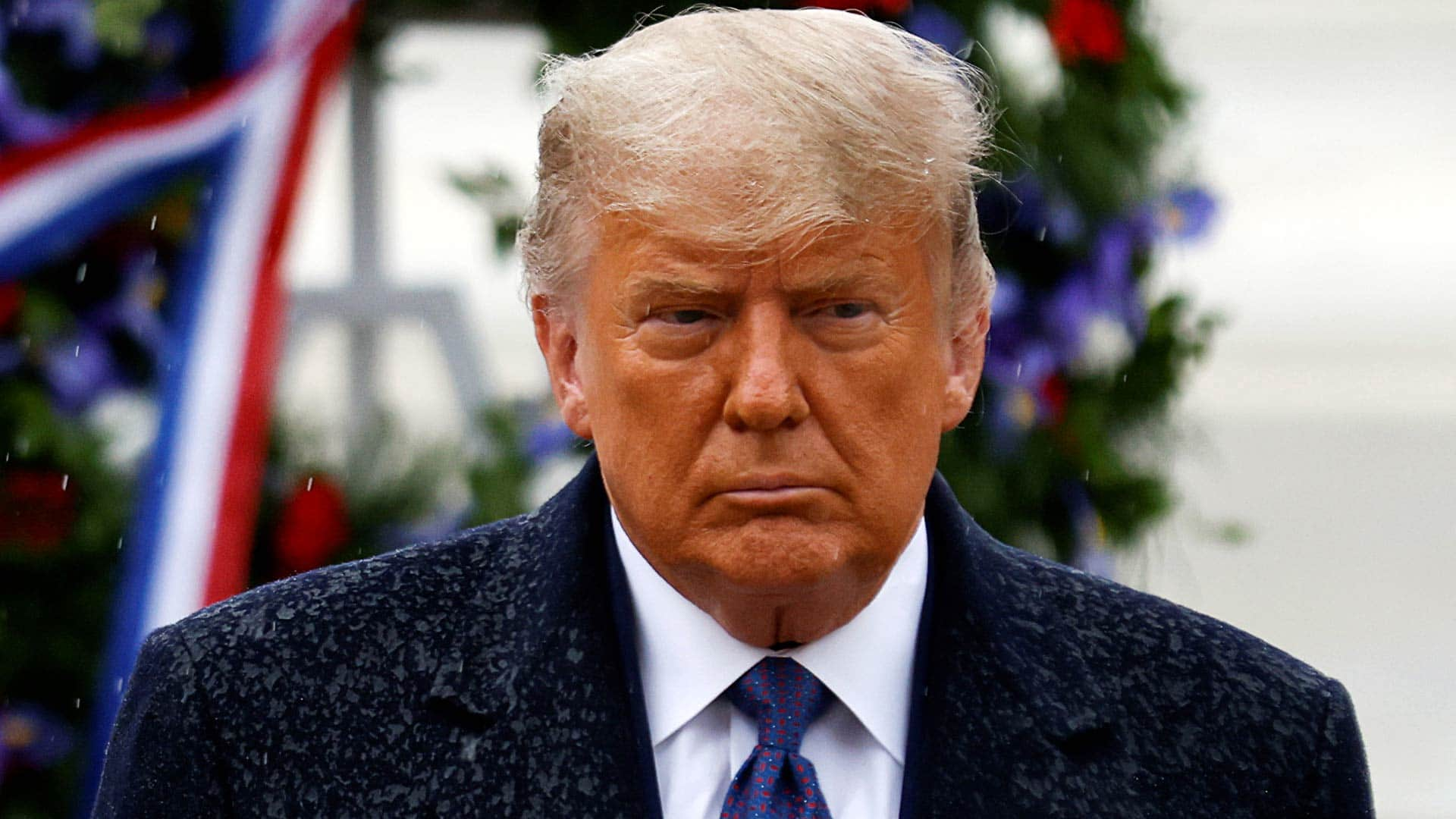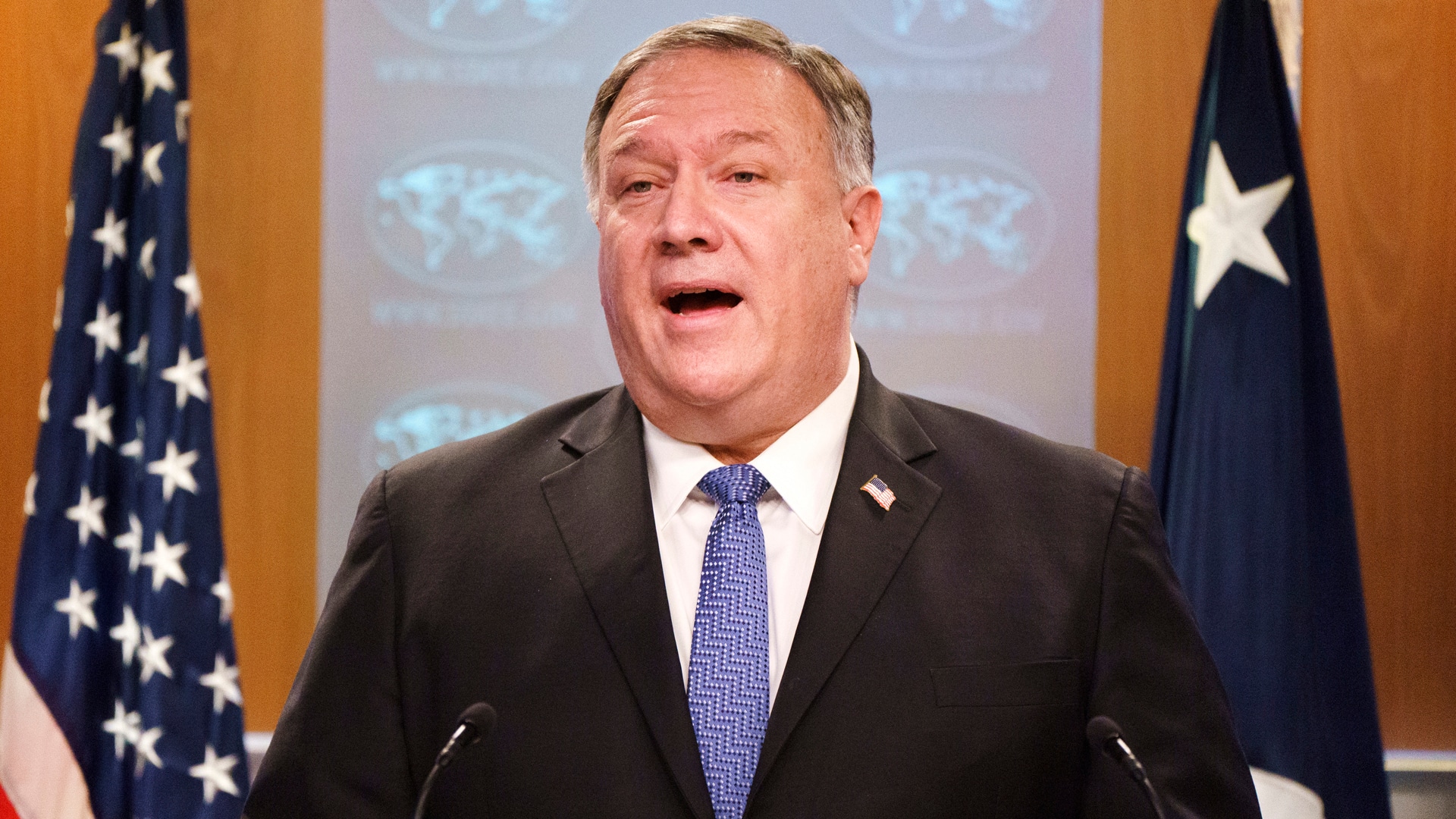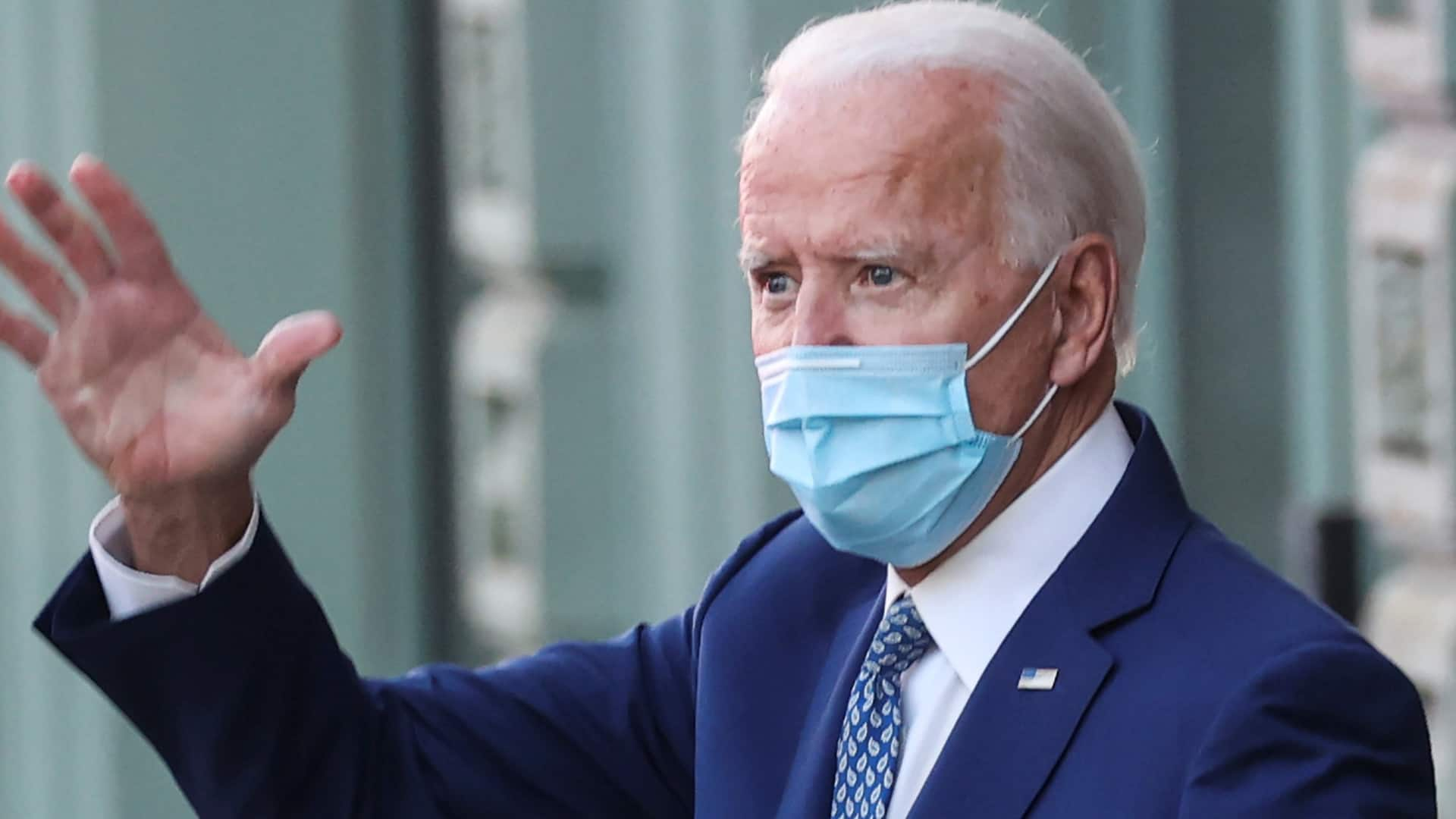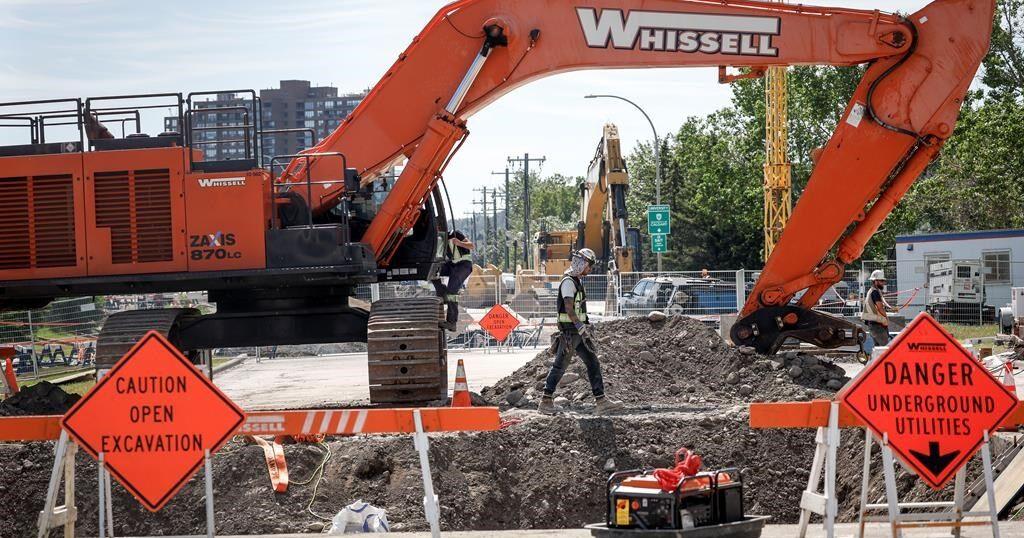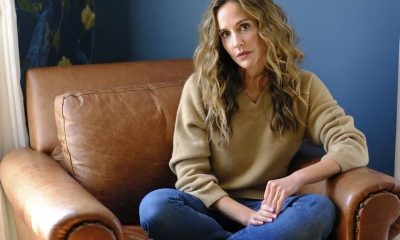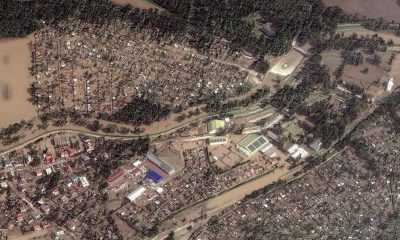CALGARY – Hockey Canada president and chief executive officer Katherine Henderson says the organization and the sport are headed in healthier directions since she inherited a body in crisis just over a year ago.
Henderson took over Sept. 4, 2023 after seven years as Curling Canada’s CEO.
Arguably the most powerful amateur sport organization in the country, Hockey Canada was, and is still, answerable for its conduct in an alleged sexual assault by members of the 2018 Canadian junior men’s hockey team at a gala in London, Ont., in June of that year.
The allegations have not been proven in court. Five players, all who went on to play in the NHL, go before a jury trial next year.
Revelations in 2022 that Hockey Canada used a portion of minor hockey fees to settle lawsuits in other similar cases ignited a firestorm that illuminated other problems such as racism, hazing, discrimination and homophobia in hockey, and cost the organization money in lost sponsorship.
Enter Henderson, who shouldered the mission of culture change both in Hockey Canada and in hockey in Canada. A new board of directors was struck within weeks of her onboarding.
“‘Daunting’ was the word I think walking in and I don’t think I’ve walked away from that,” Henderson said Friday. “It’s still daunting. I’m quite hopeful that we can make some very significant change and be the Hockey Canada and the sport of hockey that Canadians trust us to be and want us to be.
“I think we can earn that trust back.”
A Beyond The Boards Summit in Calgary, held within Henderson’s first official week on the job, examined toxic masculinity in elite men’s hockey as a root cause of racism, sexism, homophobia and discrimination in the sport.
Another summit exploring misogyny, sexism, homophobia and transphobia is scheduled for Nov. 14-15 in Ottawa.
“The healthier part of this is listening and thinking through what those things are that maybe aren’t healthy,” Henderson said. “I’m not sure I’ve solved it in a year, but I’ve certainly taken a lot of significant steps to say I want to understand it and what I can solve in the short term, I’m absolutely willing to do that.”
Henderson said she received a message after the Calgary summit from a northern Ontario hockey mom who demanded a sign that said “what happens in the dressing room, stays in the dressing room” be removed from her son’s team’s dressing room.
“There’s a perfect example of people listening to some of the things we are doing and then taking it upon themselves to say ‘I’m part of this too, I’m part of a movement that wants things to be better,'” Henderson said.
Publishing a financial statement, a maltreatment report and a detailed breakdown of where minor hockey fees are spent on Hockey Canada’s website were among initial overtures at transparency under Henderson.
How player intake programs, coach training and safe sport policies fostered respectful behaviour went under the microscope, she said.
“What we weren’t seeing was behaviour change, and that’s really the whole point of it. If that’s true, how do we make our education programs better for coaches, for trainers, for parents, for players?,” Henderson asked. “If education is going to be a big part of this and we want behaviour change, then we need to ask ourselves, is this good enough? What we’ve found out over the years is no, it’s not, so let’s replace it with things that are better.”
While over 100,000 women and girls are involved in hockey as players, officials and coaches for the first time, Henderson points out that still represents 20 per cent of membership.
“I’m not sure that’s good enough. When you look at fandom and how people play sport, it should be much higher than that,” she said.
Changes that Henderson makes will be in the shadow of an impending trial that will likely rivet the country’s attention.
Hockey Canada’s determination on whether players on the 2018 team breached the organization’s code of conduct and what sanctions might ensue is stalled. An independent appeal board has adjourned an appeal hearing until after the trial.
“We just took the advice, as did the players, the advice of the adjudicated panel that they were going to pause the appeal,” Henderson said. “We have to accept that as well. It’s an independent party that is looking at this.”
All members of the 2018 world junior team remain suspended from representing Canada internationally, Henderson said.
There was a process, however, that made defenceman Cale Makar eligible to play for Canada in the NHL’s 4 Nations Face-Off in February, and in the 2026 Olympic Games if he is selected.
“After being nominated by the Team Canada management group for consideration to play in the 4 Nations Face-Off, Cale Makar participated in an additional third-party review of the allegations regarding Canada’s National Junior Team in 2018 and was cleared to participate in the tournament and future international events,” Hockey Canada said in a statement.
Henderson acknowledged Canadians will be interested in the trial and its outcome.
“It’s of huge interest and we can certainly see people are following that along, but at the same time, I think there’s a tremendous amount of interest in what are we doing to make the game better?” Henderson said.
“Hockey is healthier, because I think we’ve stated accountability and transparency, and we started to act on that. A lot of that is telling people what we’re doing and then doing it.”
This report by The Canadian Press was first published Sept. 20, 2024.

